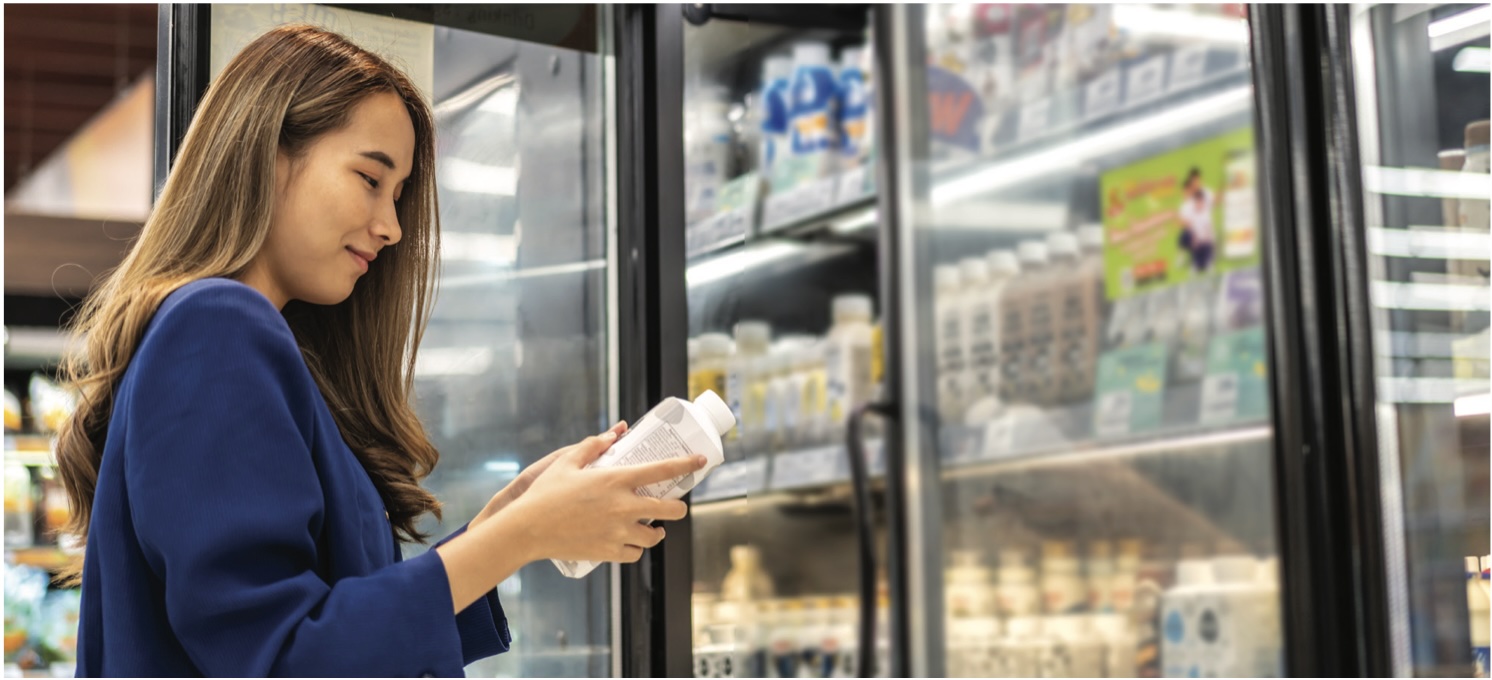Research Reveals Biggest Testing and Inspection Challenges Faced by Food and Beverage Packaging Professionals
- Published: April 01, 2024

By Steve Davis, Product Line Director, Industrial Physics
Research1 into the attitudes of manufacturing decision-makers has uncovered that food and beverage packaging professionals think there are significant barriers for innovation. The research revealed a strong appetite within the sector for innovation, with 96 percent of food and beverage packaging professionals believing it is important to explore new developments in packaging.
In particular, professionals within the industry are looking to address increasing demands for greater sustainability and consumer preferences by exploring new packaging mediums.
However, the research also highlighted that food and beverage packaging manufacturers are facing significant challenges when it comes to testing and inspecting these new innovative materials. In fact, 42 percent said that a lack of suitable testing standards was the biggest barrier for packaging innovation. It is important to address these challenges in order to continue to innovate and avoid getting left behind in the rapidly evolving sector.
Testing and Inspection Challenges
Professionals in the food and beverage packaging industry expressed varying concerns over testing and inspecting new types of packaging. These included the high cost of expertise required (63 percent), limited available testing facilities (50 percent), lack of in-house expertise (41 percent) and current testing methods not being applicable to new materials (35 percent).
Food and beverage packaging is subject to much stricter standards and regulations than many other types of packaging, due to the requirements of consumer health and safety. This is why it is more difficult to move away from unsustainable materials such as single-use plastic. There are growing pressures for food and beverage packaging professionals to overcome testing and inspection barriers for new sustainable materials.
Difficulties arise due to a lack of available knowledge about new materials and how they react under testing conditions. New materials sometimes behave in a complex way meaning that current testing methods may not be applicable to them, or they may be harder to test and require certain expertise.
For instance, recycled materials may have previously undergone multiple manufacturing processes and so the way they behave can be difficult to anticipate. This makes the characterization of materials and the standardization process particularly challenging for manufacturers. Food and beverage packaging manufacturers may need additional equipment to test these materials, which can be costly.
Moreover, recycled materials can accumulate hazardous chemicals, some of which are difficult to identify. This poses significant risks for food and beverage packaging and it means that packaging requires rigorous tests to ensure it is fit for consumers.
Tackling Testing and Inspection Challenges
Packaging innovation is important to reduce the impact of single-use materials on the environment. Without innovation, businesses will face getting left behind in the sector. Despite testing and inspection seemingly presenting significant barriers, there are ways that professionals can continue to explore new types of packaging.
In order to establish appropriate testing methods, there needs to be more collaboration between packaging professionals and industry bodies. Standards and guidelines need to be kept up to date so that they’re applicable to new materials.
New sets of data need to be built up and shared between professionals so that knowledge is more widely available within the industry. Advice to food and beverage pack- aging professionals is to continue to innovate, share new discoveries and attend industry events to meet other experts and gain valuable insights.
It is also important for food and beverage packaging manufacturers to invest in the necessary equipment to test new materials. This investment will be highly beneficial for businesses in the long run and can allow them to remain competitive, save time and increase in-house expertise.
The Next Five Years
The research revealed that 33 percent of professionals believe that the biggest developments in the next five years for packaging innovation lie in testing processes and equipment.
Within this timeframe, there are important changes to be made by all involved in the food and beverage packaging sector. It is hoped that there will be more knowledge and data about new materials available for professionals so that sustainable packaging can be widely used without as many testing and inspecting barriers.
We should see changes to testing standards and guidelines processes so that they are updated more frequently and in line with changes within the industry. Food and beverage packaging manufacturers should also aim to establish appropriate testing methods within their businesses and focus their efforts within the next few years on securing sufficient in-house expertise.
About the Author
With more than two decades of engineering experience, Steve Davis, Global Product Line Director at Industrial Physics, is an expert in the design and development of metal packaging testing systems. He utilizes his specialist skills to lead a team of experts at Industrial Physics and ensure its equipment is able to protect the integrity of its customers’ metal packaging.








